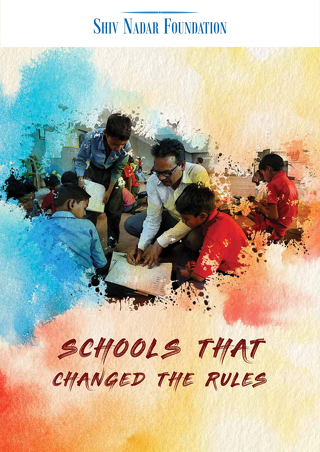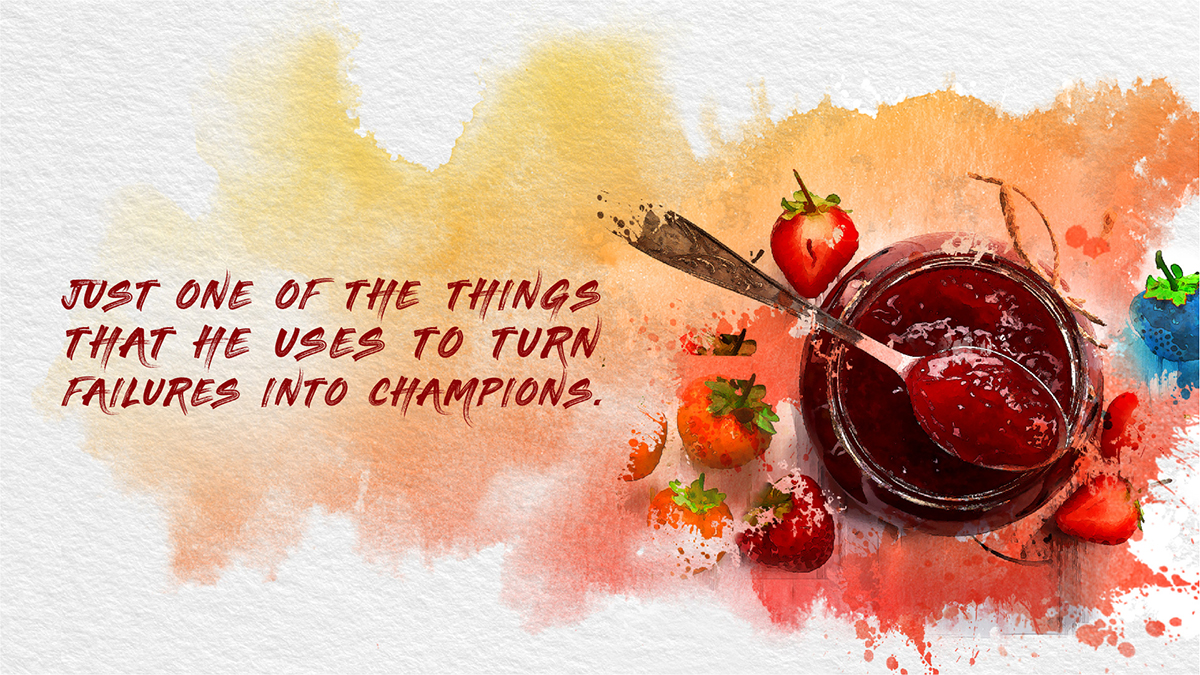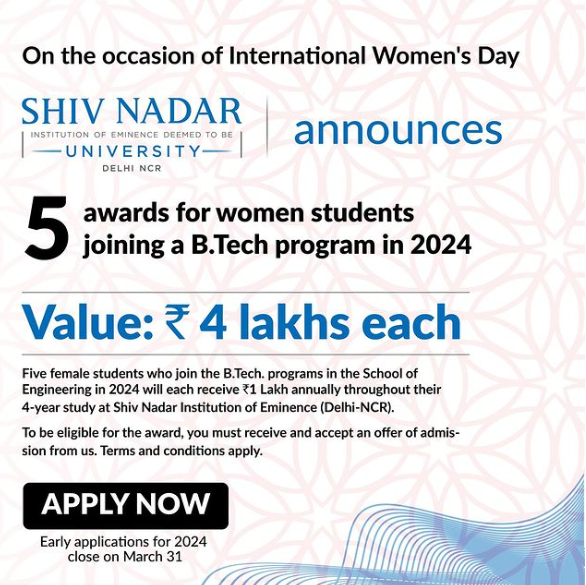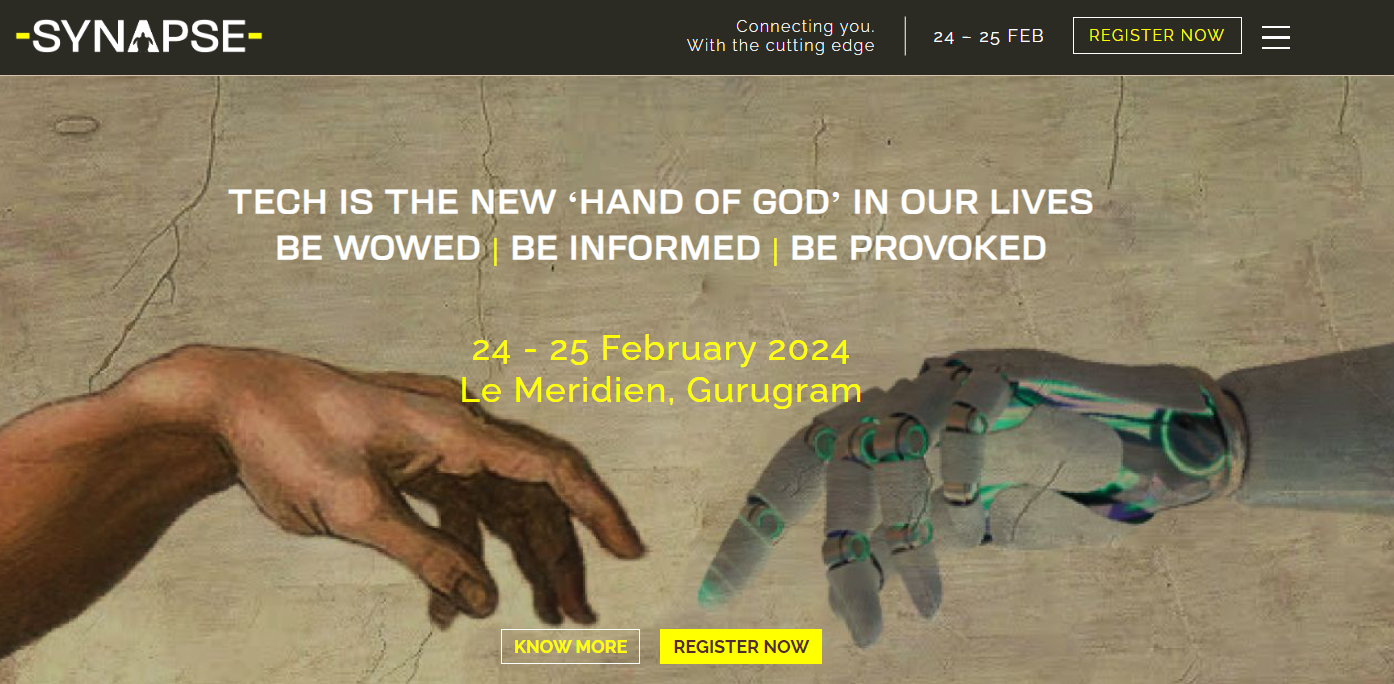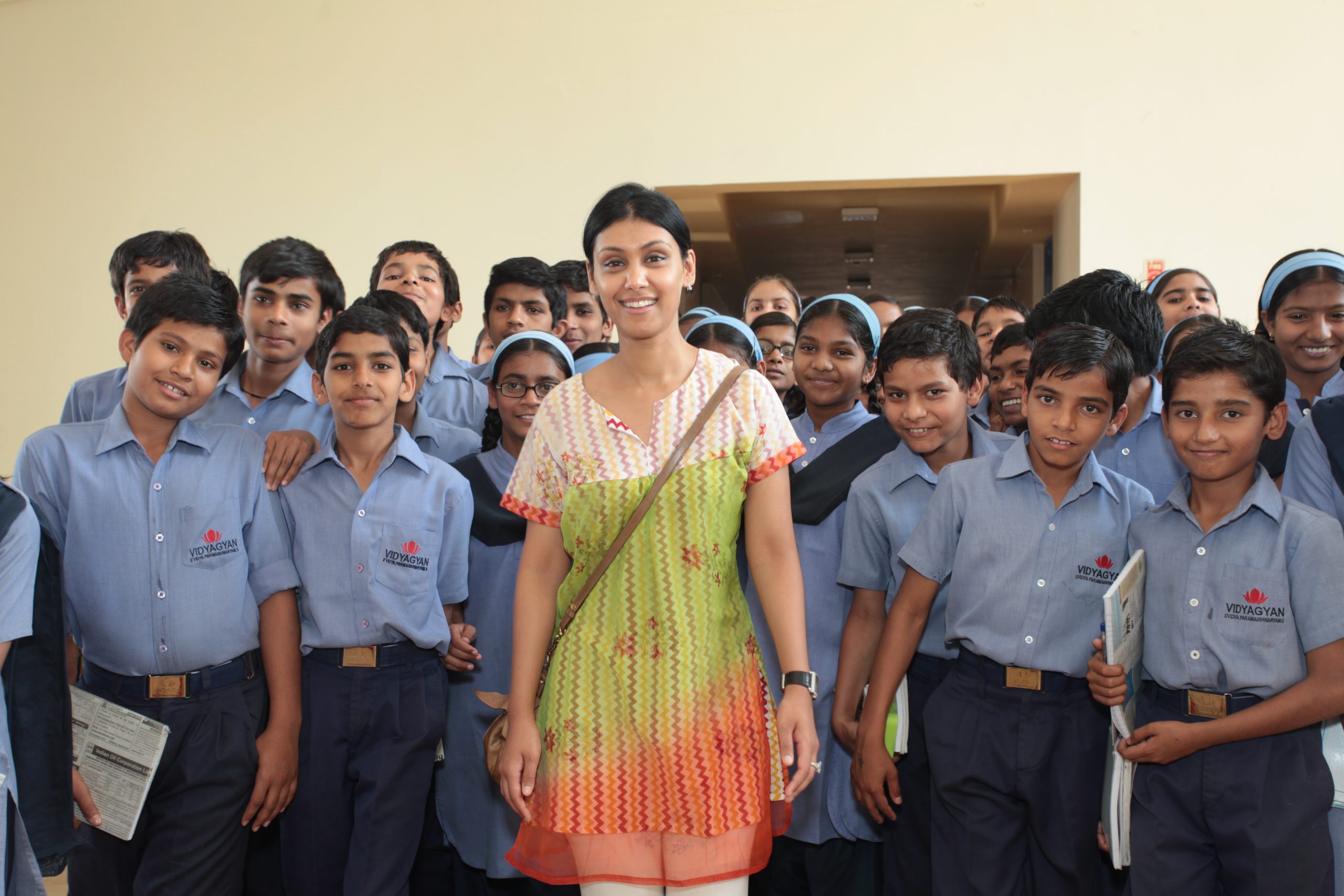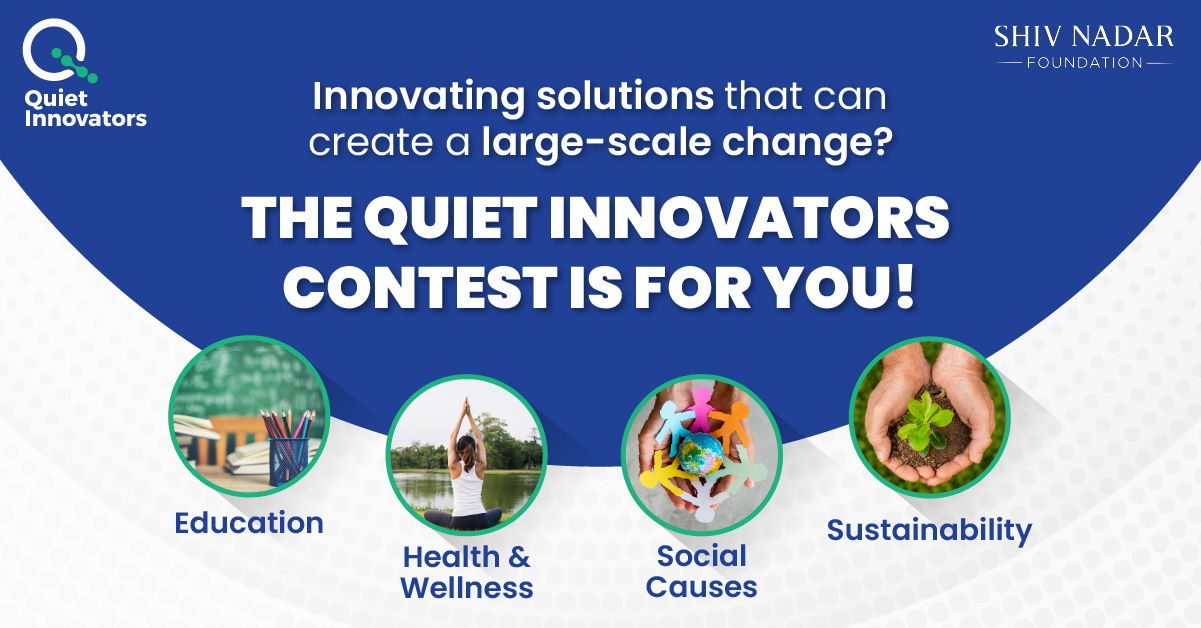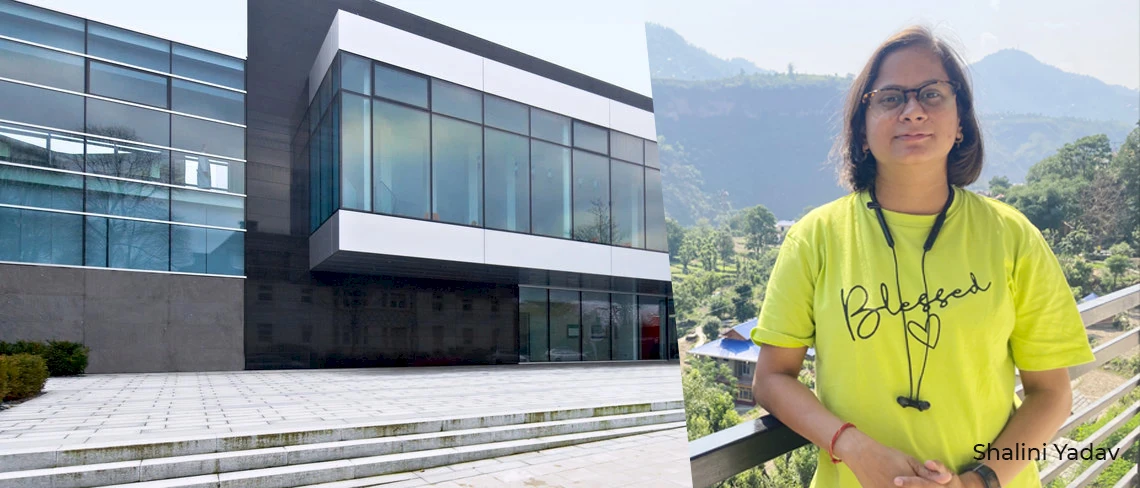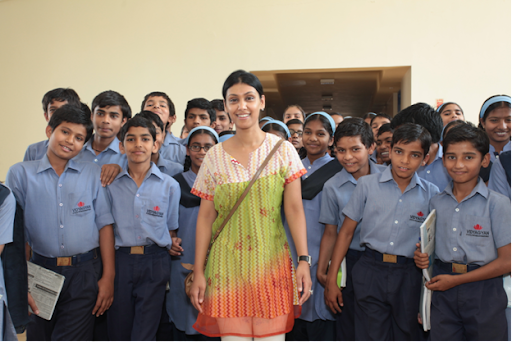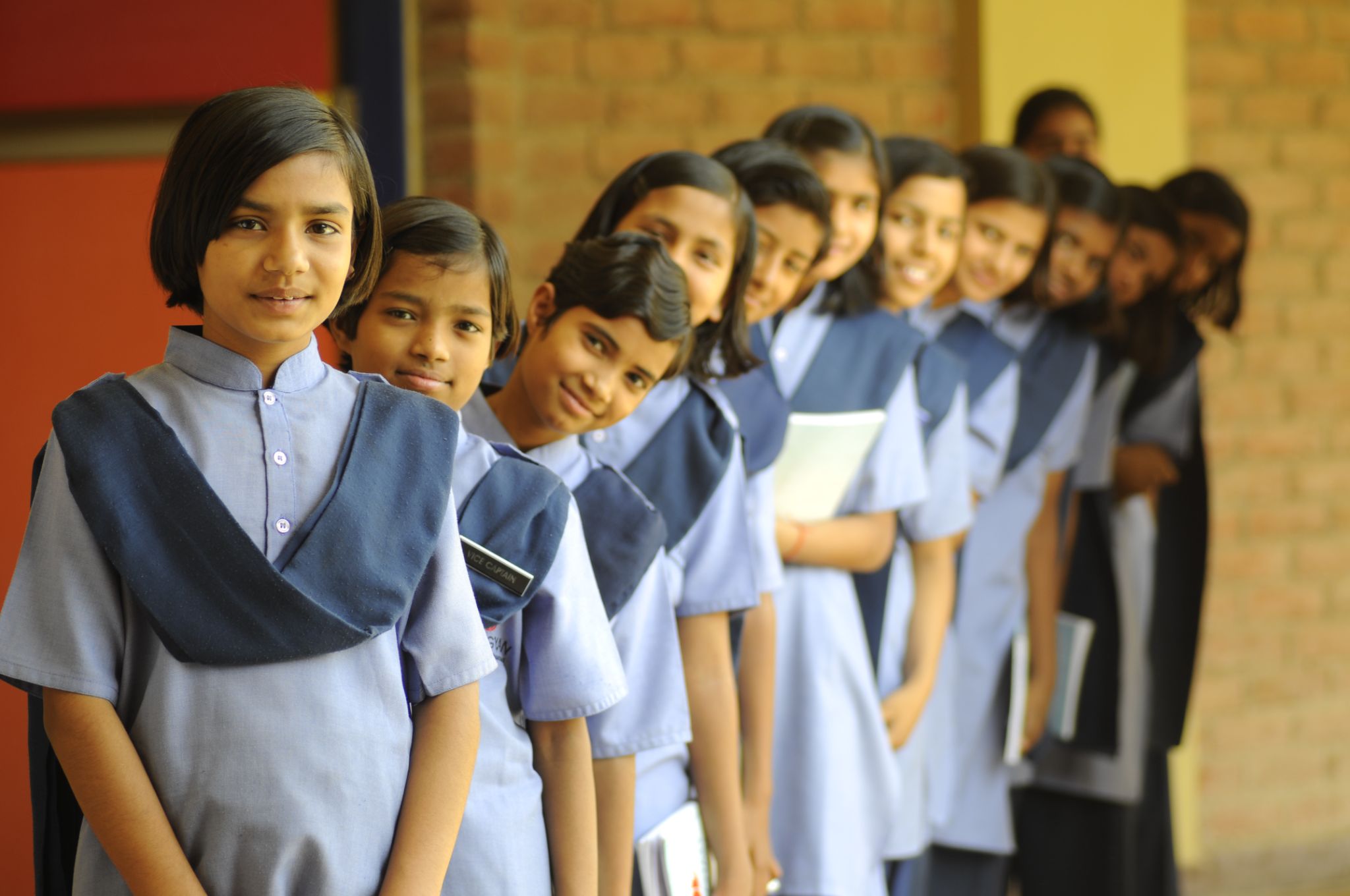An office or a school Ohio school shatters traditional teaching methods
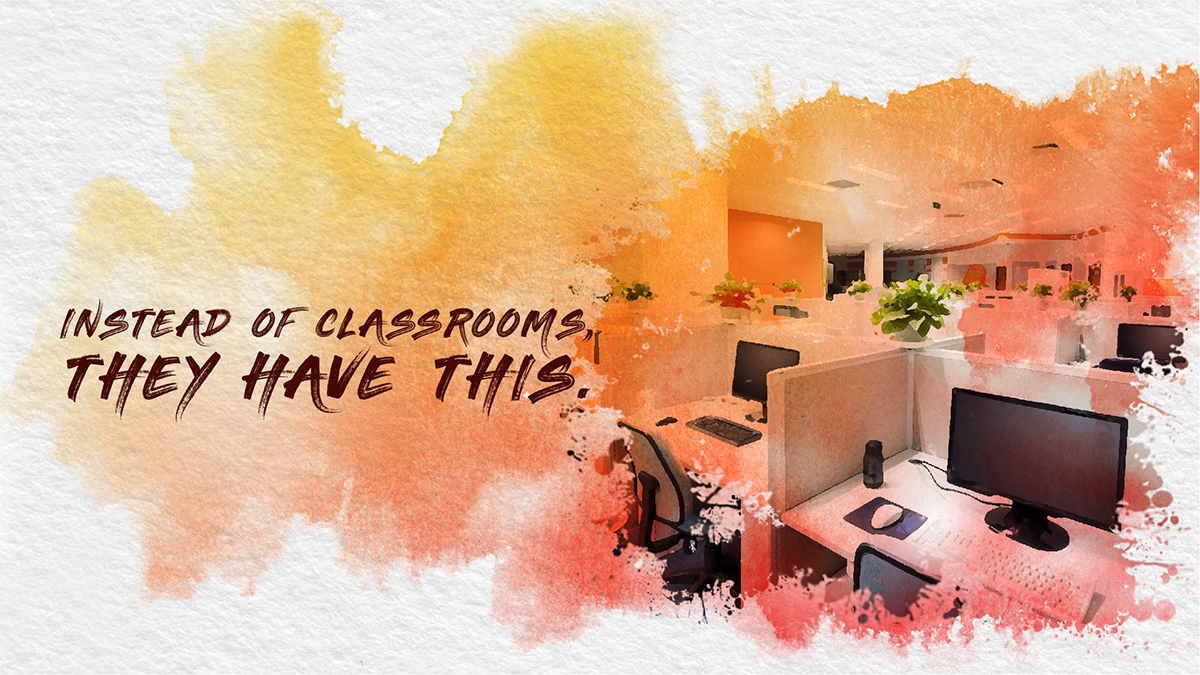
How many times have we heard about the technology ban in school or even college classrooms? Even in this digital era, students are forced to copy lessons from books, instead of actually applying their education in real life.
Instead of seizing technology from kids, the Carpe Diem school group in America believes in using digital tools to teach kids of the modern era. Carpe Diem was first started in Yuma, Arizona in 2000, by education visionary Rick Ogston.
A typical day in a Carpe Diem school sees middle and high school students sitting together in an open space called the Learning Center. The catch? Each student sits in a cubicle, like in an office setting, and is given a computer to work on. Carpe Diem’s blended school model allows children to learn in their own time, at their own pace. The instructors roam around helping students if they need help with anything. But the basic model of learning relies on self-motivation. There are no teachers constantly punishing or hovering over students. And unlike the usual office setting, it is a chill place to study.
The Carpe Diem philosophy is that schooling methods that have been tried and tested since the industrial revolution need to be combined with modern e-learning tools to provide an enhanced learning experience. Based on this, Ogston developed the blended learning education model. Three years later, the school shifted to a building adequate for such a model and within a few years, the school came up with impressive results. It was named one of the best schools in America by BusinessWeek in 2009.
Carpe Diem operates on four days a week module. This practice, though considered shocking in India and even in the majority of the United States, does not make children slack in their studies. Contrary to the popular belief, it makes children much more focused and gives teachers more time to interact. But does this cost a lot of money? In fact, it costs less. According to the school, it costs $5,503 per pupil each year in comparison to the U.S. average per pupil cost which comes between $7,000 and $10,000 per year.
Can Indian schools or college ever apply this model? In fact, universities like Jadavpur University and BITS Pilani Virtual University have been implementing online learning successfully. Visvesvaraya Technological University implemented online learning into their education module as early as 2006. One point of resistance from teachers is the added burden on them in integrating technology with traditional methods of teaching. The truth is, e-learning does not ‘add’ anything. It is a whole new teaching process which devotes the same amount of time as previous methods, and is much more efficient. It is also much more interactive and inclusive for all kids (including children with learning disabilities). In fact,Carpe Diem’s self-motivating schools work wonders for kids with special needs.
Those of us who are growing up with smart phones and tablets can sense the truth of this. Don’t we feel strange when we go to an outdated classroom with a teacher scribbling mundane points on a blackboard, asking us to copy lessons which could be easily recorded? We can sense how interactive digital tools can make education so much better.
Bob Harrison, education adviser of Toshiba, once said that the question to ask is not whether technology is aiding kids in learning, but how and what kind of technological tools can be used. Carpe Diem uses technology to ensure that each child moves forward. “You can’t slow down, but you can go as fast as you’re able,” says the principal of one of the Carpe Diem school. Perhaps that should be the motto of all schools in the future.


